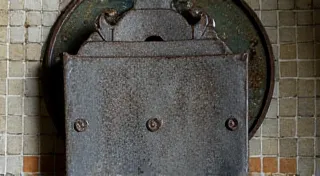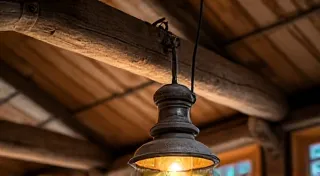The Collector’s Sixth Sense: Intuition and Expertise in Valuing Antique City Postcards
There’s a peculiar magic woven into antique city postcards. They aren’t just pieces of cardboard; they’re time capsules, whispering stories of bustling streets, horse-drawn carriages, and lives lived a century or more ago. For those of us drawn to their faded charm, collecting them becomes more than a hobby – it’s a conversation with history. And valuing them? That's an art form where quantifiable facts meet a deeply personal, often inexplicable, sense of what a piece is truly worth.
I remember my first truly "valuable" find. It wasn't the most spectacular card visually – a simple street scene of Philadelphia in 1908. But it was in remarkably good condition, the vibrant colors still surprisingly intact. I’d been sifting through boxes at a flea market, feeling the familiar flutter of excitement with each card I handled. Something about this particular image – the light on the buildings, the details in the clothing of the passersby – just *felt* special. I paid a modest $15, thinking it would join my growing but unremarkable collection. A specialist later appraised it at nearly $300. It wasn’t just the rarity; it was the card's inherent story, its palpable sense of place, that resonated. That day, I understood that valuing antique city postcards goes far beyond a simple checklist.
The Tangible Factors: Condition, Rarity, and Publisher
Of course, a baseline understanding of the tangible factors is crucial. Condition is paramount. “Mint” condition cards, those with sharp corners, vibrant colors, and no noticeable flaws, command the highest prices. Any creases, tears, fading, or staining drastically reduces value. The linen era (roughly 1915-1930) is particularly susceptible to color fading. Then there's the “picture post” period (1893-1915) and the “real photo postcard” (RPPC) era, with RPPCs often depicting scenes not commercially printed.
Rarity is another significant driver. Cards of smaller, less-documented cities, or those depicting specific events (like a local festival or a building demolition) are inherently more scarce. Population shifts over the decades, the destruction of old buildings, and even the whims of early printers all contribute to rarity. Think of a postcard depicting a particular storefront that no longer exists – that image becomes irreplaceable.
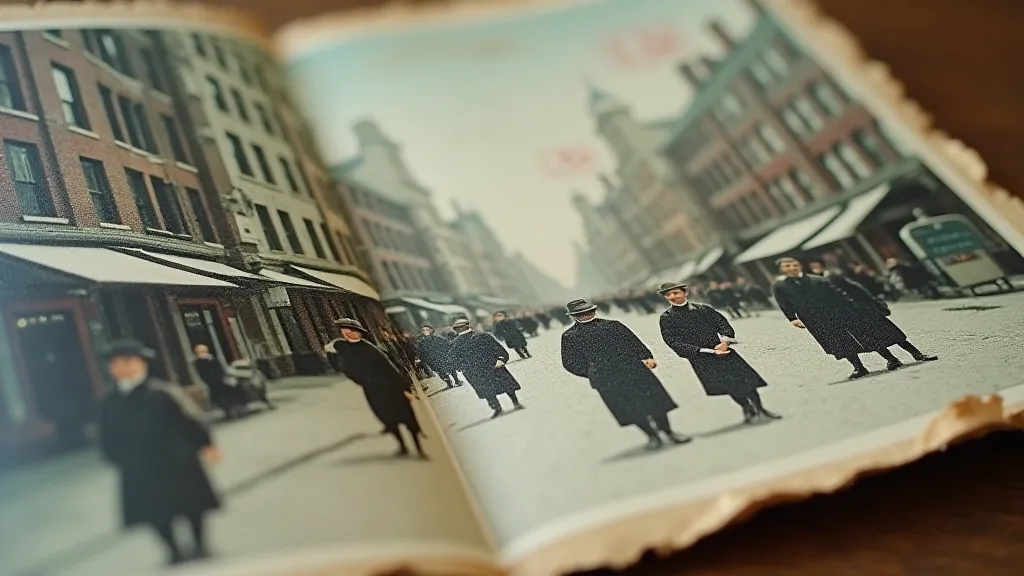
The publisher's mark is also a key detail. Certain publishers like the Valentine & Sons, Detroit Publishing Company, and Samuel H. Gottscho & Company are known for their high-quality printing and composition, and cards bearing their imprint generally hold more value. These companies often employed skilled photographers and utilized advanced printing techniques, making their cards desirable collectibles. Knowing the publisher gives insight into production quality and potential scarcity.
Beyond the Numbers: The Story and the Feeling
However, reducing antique city postcards to a series of objective criteria is like trying to quantify the beauty of a sunset. There’s a crucial element that escapes measurement – the *feeling* a card evokes. It’s about the atmosphere it captures, the narrative it implies. A postcard showing a once-grand hotel, now crumbling and forgotten, might be worth more to a local historian or someone with a personal connection to the place than a pristine, but ultimately less compelling, view of a popular landmark.
Consider a card depicting a bustling pier in a coastal town. The scene might be common enough, but if it’s subtly imbued with a sense of optimism and anticipation—a moment frozen in time—that adds an intangible value. It's about recognizing the artistic merit, even if it's simple and unassuming. Early photographers often struggled with exposure and composition, leading to unintentionally evocative images that are far more compelling than a perfectly staged photograph.
My grandfather, a lifelong resident of Savannah, Georgia, collected local postcards. He didn’t care about rarity or high-end publishers. He cherished cards that reminded him of his childhood, of the people he knew, and the city he loved. He's given me several of these cards over the years, and I’d never consider selling them, regardless of their potential market value. They’re priceless, not because of what they *could* be worth, but because of what they *are* to me.
Craftsmanship and Artistic Nuances
Take a closer look at the printing process itself. Early chromolithography, used extensively in the "real photo" era, often resulted in subtle variations in color and registration – slight imperfections that are now seen as charming and unique. These aren’t flaws to be corrected; they’re fingerprints of the past, evidence of a human hand at work. These irregularities are often indicative of a particular printing house or process, giving a more complete picture of the postcard’s origin.
The choice of perspective by the photographer is also revealing. Was the scene chosen to showcase a particular architectural detail? Was the angle deliberate, creating a sense of grandeur or intimacy? Recognizing these artistic choices elevates the postcard beyond a simple record of a place; it transforms it into a work of art.
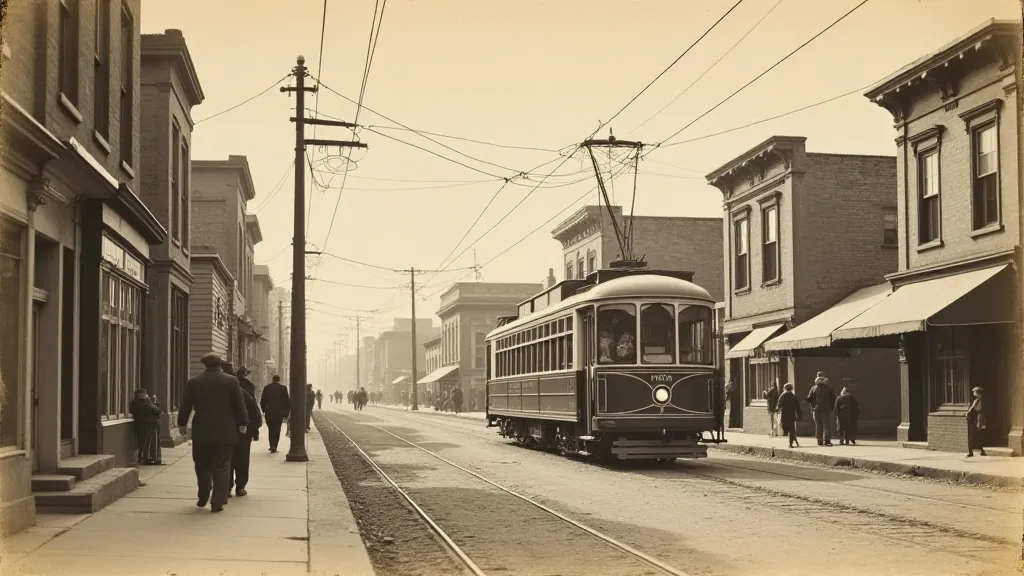
The Collector’s Intuition – Developing Your “Sixth Sense”
So, how does one develop this elusive “sixth sense” for valuing antique city postcards? It's a combination of education, experience, and a willingness to trust your instincts. Start by learning the basics – familiarize yourself with different printing techniques, publishers, and eras. Attend postcard shows and conventions, where you can interact with experienced collectors and dealers. Most importantly, handle the cards. Feel their texture, examine their details, and let yourself be transported back in time.
Don’t be afraid to ask questions. Even seasoned collectors are always learning. And remember, valuing antique city postcards isn't just about assigning a monetary figure; it's about appreciating the history, the artistry, and the human connection they represent. It's about recognizing that these small pieces of cardboard hold within them fragments of lives lived, stories waiting to be rediscovered, and a profound connection to the past.
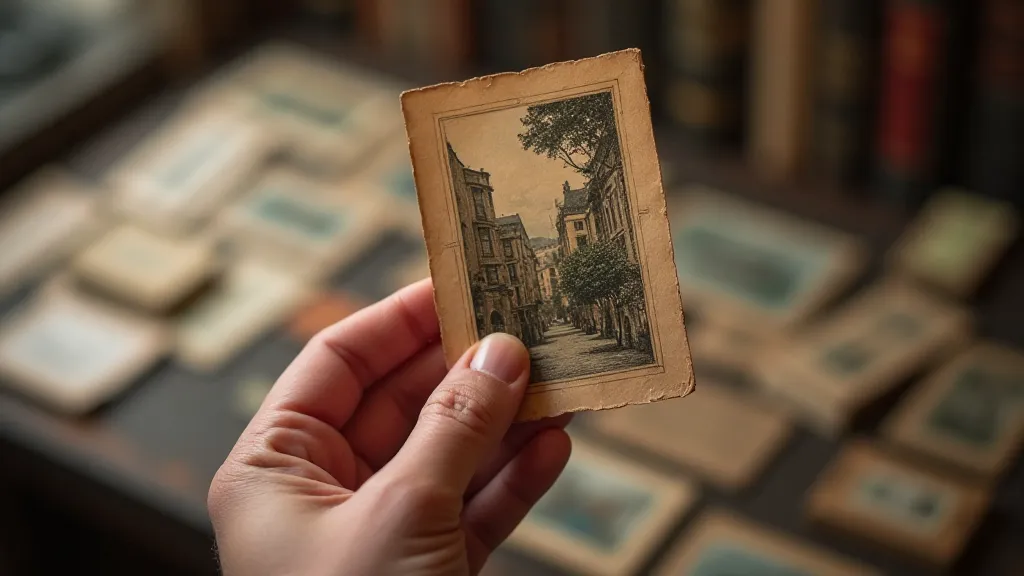
Ultimately, the true value of an antique city postcard lies not just in its rarity or condition, but in the story it tells and the emotions it evokes. Trust your instincts, cultivate your appreciation, and allow yourself to be captivated by the magic of these remarkable artifacts.



